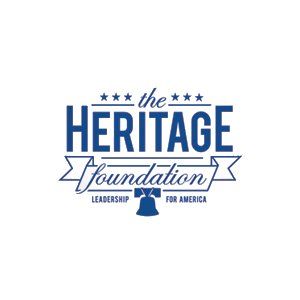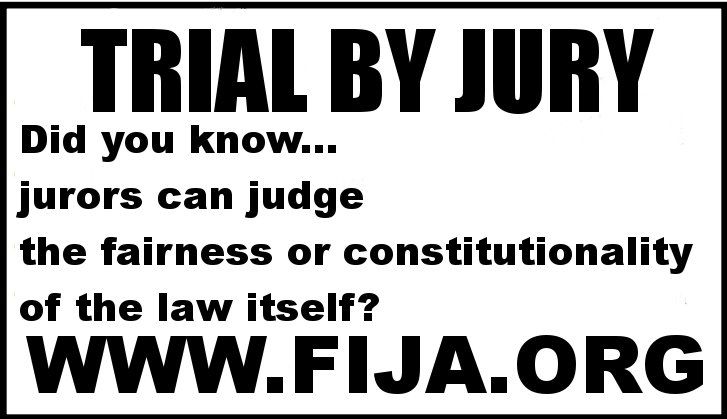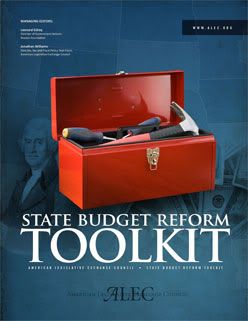PRESS RELEASE (03-25-2024) NATIONAL FORESTS IN NORTH CAROLINA |
Prescribed burning provides potential opportunities for forest managers to limit wildfire risk while promoting forest health. |
Asheville, NC, March 25, 2024 – The National Forest in North Carolina is planning prescribed burn operations today on the Uwharrie National Forest and the Croatan National Forest. An additional 240 acres on the Nantahala National Forest and 700 acres on the Pisgah National Forest may be conducted after forecast rains pass later this week. Burn operations may continue as long as weather and fuel conditions remain favorable for safe, effective burns. The goals for the burns are reducing hazardous fuel accumulation to reduce the probability of unplanned wildfire fire ignitions. Details about the burn units are included below: Uwharrie National Forest Uwharrie Ranger District – 1100-acres in Montgomery County about 4 miles south of the Town of Troy. Croatan National Forest Croatan Ranger District – two burn units consisting of 799-acres in Craven County approximately 5 miles west of the district office, and 895-acres in Carteret County approximately 8 miles west of Newport. Prescribed fire operations on the Cheoah Ranger District and Tusquitee Ranger District of the Nantahala National Forest and on the Pisgah Ranger District of the Pisgah National Forest are completed for the spring and will be focused on wildfire initial attack and suppression. Helicopters may be utilized to assist during the burns. No drone/UAV use is permitted during burn operations. Please remember, if you fly, we can't. The date and time of any controlled burn and the actual number of acres may change based on fuel and weather conditions. We ask that anyone near the burn units pay attention to posted signs and watch carefully for wildland firefighters and personnel working in the area. We will monitor wind speed and direction to try and limit smoke impacts on nearby communities, but please be aware of any smoke in the area.
Why controlled burns/prescribed fire? Fire is a natural part of our forests in North Carolina. Prescribed fires, also known as controlled burns, are an important tool for maintaining that natural process and reducing fuels that build up on the forest floor, while ensuring public and firefighter safety.
How does the USFS plan for a burn? All controlled burns are thoroughly planned and analyzed by a team of specialists to ensure that wildlife, fisheries, rare plants, and historic sites are not harmed. They use information from decades of fire science research to write controlled burn plans, which are also known as a “prescription”, to improve forest health.
Who participates in a burn? What do they look for? Wildland firefighters and fire management teams that respond to wildfires are the same people that plan and carefully set controlled burns. They go through extensive training to ensure firefighter and public safety, reduce the impacts of smoke on nearby communities, and set the burns so that they improve forest conditions. Fire managers consider wind speed/direction, relative humidity, conditions on the forest floor, and other factors before and during a burn. They plan for these fires to move slowly and at a low intensity so that they reduce wildfire fuels and allow wildlife to either escape the area or find a refuge and avoid injury. (Often, animals like turkey and deer move in quickly after a burn to take advantage of the newly opened areas and easy to find food sources.) After a burn, fire managers will monitor the area and analyze the effects of the burn.
For more information on how the U.S. Forest Service uses prescribed fire, visit https://www.fs.usda.gov/
For more information, visit www.fs.usda.gov/nfsnc or follow the National Forests in North Carolina on Facebook (www.facebook.com/nfsnc). |































0 comments :
Post a Comment